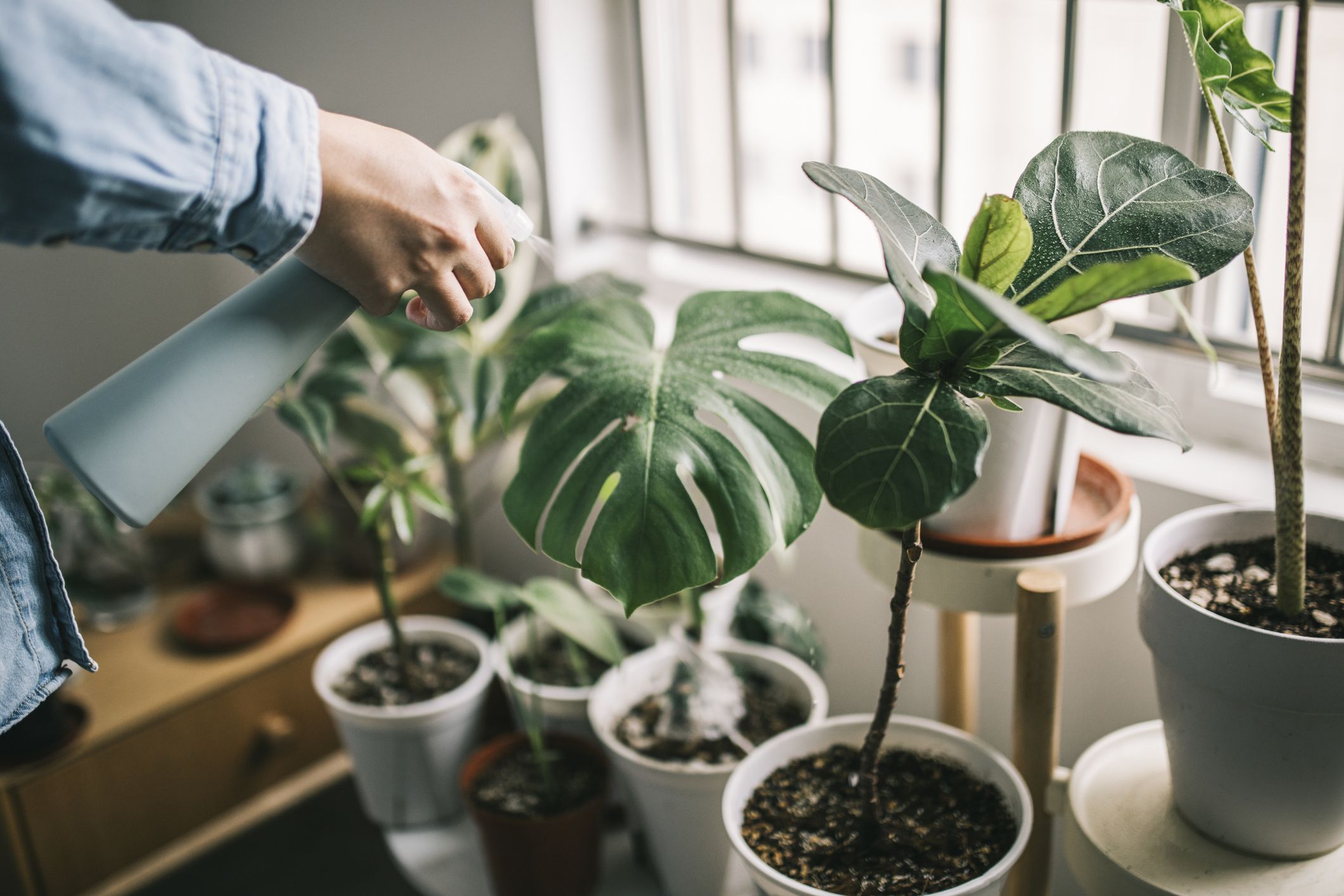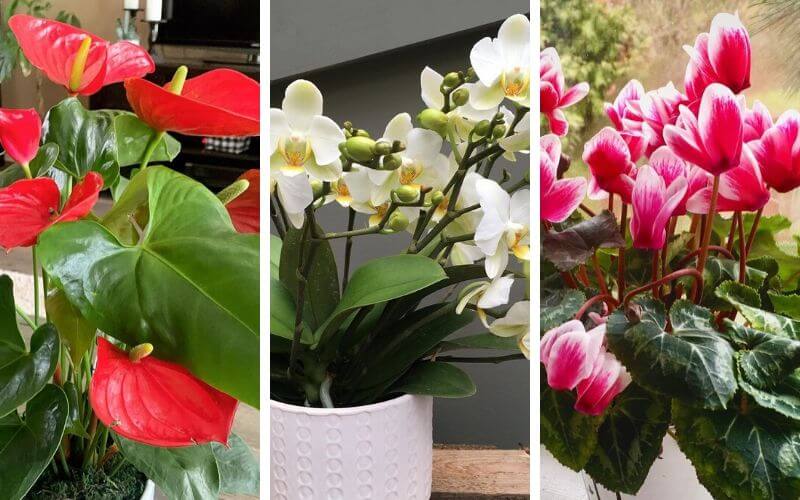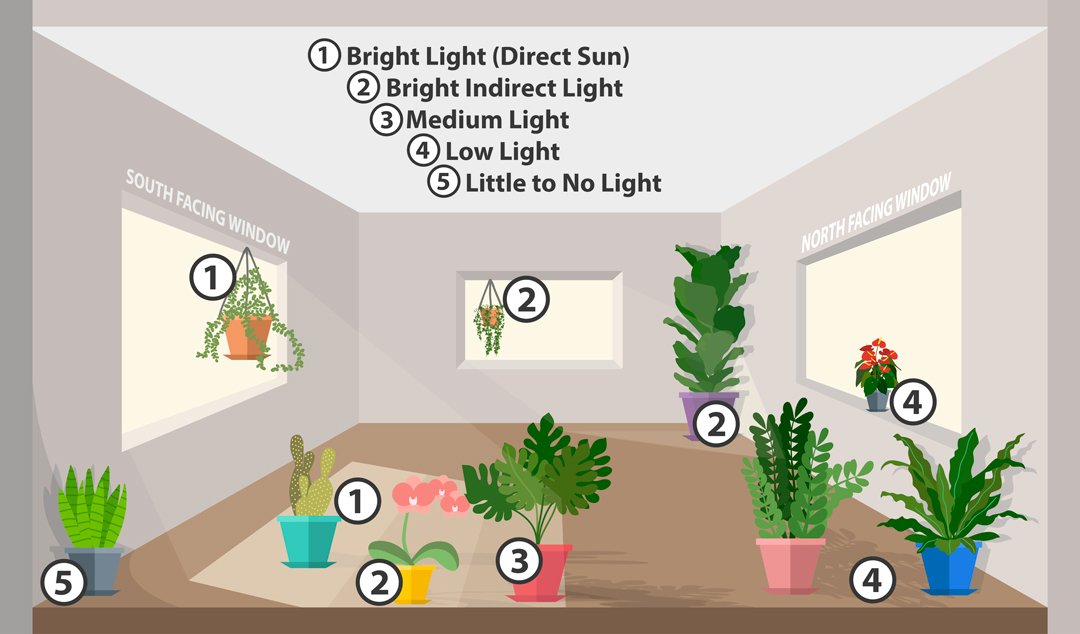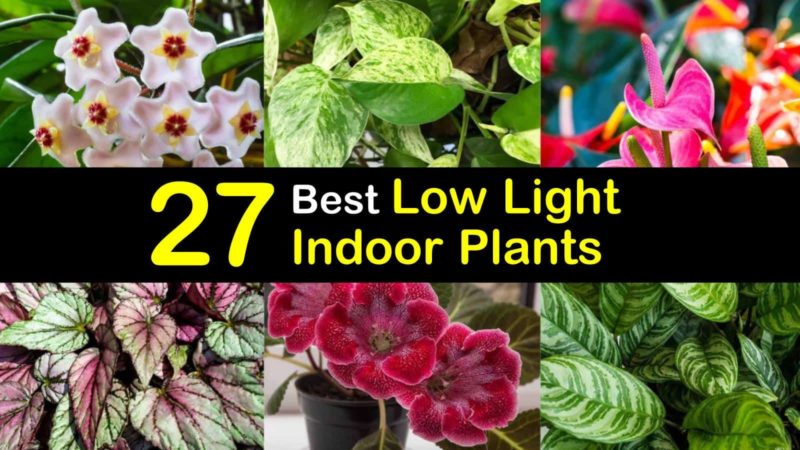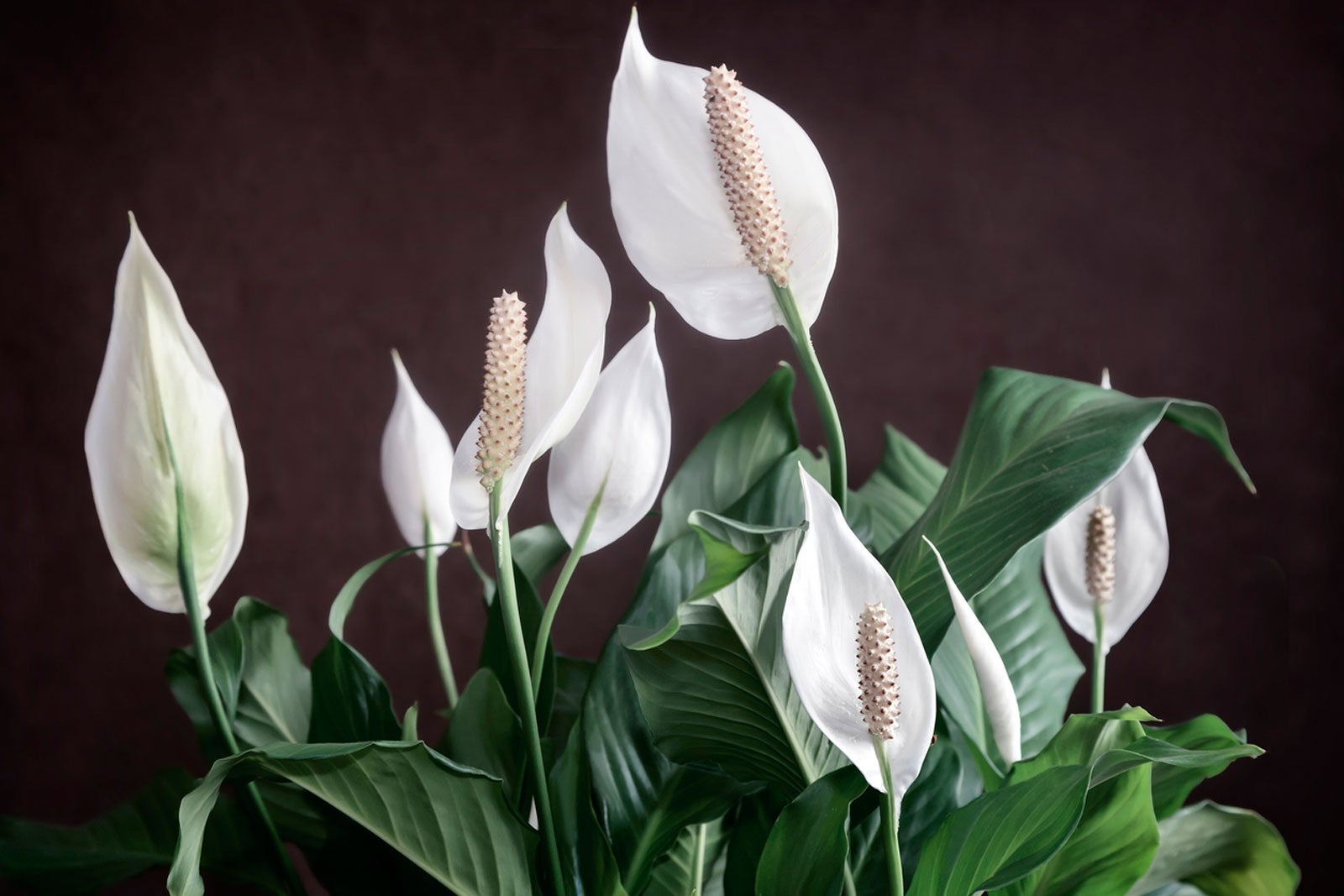Unlocking the Beauty of Indoor Plants with Flowers in Low Light
Indoor plants with flowers can bring a touch of elegance and vibrancy to any room, even those with limited natural light. Low-light flowering plants are perfect for spaces with north-facing windows, basements, or rooms with minimal sunlight. These plants have adapted to thrive in conditions with reduced light, making them ideal for indoor spaces. By incorporating low-light flowering plants into your home decor, you can enjoy the beauty of blooming flowers year-round, even in areas with limited sunlight.
Low-light flowering plants offer numerous benefits for indoor spaces. They can purify the air, improve the aesthetic appeal of a room, and even help to reduce stress and anxiety. With the right care and attention, these plants can bloom beautifully, filling your home with vibrant colors and sweet fragrances. Whether you’re looking to add a touch of elegance to your living room or brighten up a dull basement, low-light flowering plants are an excellent choice.
When selecting low-light flowering plants, consider the specific lighting conditions in your home. While these plants can tolerate low light, they still require some light to photosynthesize and bloom. Placing them near a north-facing window or using grow lights can help to supplement the natural light. By understanding the lighting needs of your plants, you can ensure they receive the right amount of light to thrive.
In addition to their beauty, low-light flowering plants are also relatively low-maintenance. They require less water and fertilizer than plants that thrive in bright light, making them perfect for busy homeowners. With proper care and attention, these plants can bloom for months, providing a constant source of color and beauty in your home.
Some popular low-light flowering plants include African Violets, Begonias, and Christmas Cacti. These plants are known for their vibrant blooms and ability to thrive in low-light conditions. By incorporating these plants into your home decor, you can enjoy the beauty of flowering plants year-round, even in areas with limited sunlight.
Top Picks for Low-Light Flowering Plants that Will Brighten Up Your Home
When it comes to selecting low-light flowering plants, there are several options to choose from. Here are some top picks that are sure to brighten up your home:
African Violets are a popular choice for low-light spaces. These small, delicate plants produce a profusion of small, colorful flowers in shades of pink, blue, and white. They prefer well-draining soil and moderate watering, making them a great choice for indoor spaces with limited natural light.
Begonias are another great option for low-light flowering plants. These plants produce beautiful, asymmetrical flowers in a range of colors, including pink, white, and red. They prefer high humidity and moderate watering, making them a great choice for bathrooms or kitchens.
Christmas Cacti are a low-maintenance option for low-light flowering plants. These plants produce beautiful, funnel-shaped flowers in shades of pink, red, and white around the holiday season. They prefer well-draining soil and infrequent watering, making them a great choice for busy homeowners.
Other low-light flowering plants to consider include Gloxinia, which produce large, showy flowers in shades of pink and white; and Kalanchoe, which produce small, delicate flowers in shades of pink, yellow, and orange. These plants are all relatively easy to care for and can thrive in low-light conditions, making them perfect for indoor spaces.
When selecting low-light flowering plants, be sure to choose plants that fit your lifestyle and the specific conditions of your home. With the right care and attention, these plants can provide a burst of color and beauty to your indoor space, even in areas with limited natural light.
Understanding the Lighting Needs of Your Plants
When it comes to growing indoor plants with flowers in low light, understanding the lighting needs of your plants is crucial. Low light can be defined as any light that is less than 2,000 lux, which is the equivalent of a cloudy day outdoors. However, not all low-light conditions are created equal, and it’s essential to understand the different types of low light to provide the best care for your plants.
There are three main types of low light: low, medium, and bright low light. Low light is characterized by a lack of direct sunlight, while medium low light receives some indirect sunlight. Bright low light, on the other hand, receives plenty of indirect sunlight, but not enough to support plants that require full sun.
To assess the lighting conditions in your home, you can use a light meter or simply observe the shadows. If the shadows are soft and fuzzy, it’s likely a low-light area. If the shadows are sharp and defined, it’s likely a brighter area.
Understanding the specific lighting needs of your plants is essential to ensure they receive the right amount of light. Most low-light flowering plants prefer bright, indirect light, but some can tolerate low light conditions. For example, African Violets and Begonias prefer bright, indirect light, while Christmas Cacti can tolerate low light conditions.
By understanding the lighting needs of your plants, you can provide the best care and ensure they thrive in their environment. This includes placing them in the right location, using grow lights if necessary, and adjusting the lighting conditions to meet their specific needs.
In addition to understanding the lighting needs of your plants, it’s also essential to consider other factors, such as temperature, humidity, and watering. By providing the right conditions, you can help your plants thrive and enjoy beautiful blooms all year round.
Essential Care Tips for Low-Light Flowering Plants
Caring for low-light flowering plants requires attention to detail and a understanding of their specific needs. Here are some essential care tips to help you keep your plants thriving:
Watering is one of the most critical aspects of caring for low-light flowering plants. Overwatering can lead to root rot and other problems, while underwatering can cause the plants to become stressed and drop their flowers. Check the soil moisture by sticking your finger into the soil up to the first knuckle. If the soil feels dry, it’s time to water.
Fertilizing is also important for low-light flowering plants. Use a balanced, water-soluble fertilizer that is specifically formulated for indoor plants. Dilute the fertilizer to half the recommended strength to avoid burning the roots.
Pruning is another essential care tip for low-light flowering plants. Prune your plants regularly to encourage bushy growth and prevent them from becoming leggy. Remove any dead or dying flowers or leaves to prevent the spread of disease.
Maintaining consistent temperatures and humidity levels is also crucial for low-light flowering plants. Most plants prefer daytime temperatures between 65-75°F (18-24°C) and nighttime temperatures around 55-65°F (13-18°C). Humidity levels should be maintained between 40-60%.
Repotting is also necessary for low-light flowering plants. Repot your plants every 1-2 years to provide fresh soil and a larger pot if necessary. Choose a pot that is only slightly larger than the previous one to prevent the soil from becoming too wet.
By following these essential care tips, you can help your low-light flowering plants thrive and enjoy beautiful blooms all year round. Remember to monitor your plants closely and adjust their care accordingly to ensure they receive the best possible care.
Common Challenges and Solutions for Growing Low-Light Flowering Plants
While low-light flowering plants are relatively easy to care for, there are some common challenges that may arise. Here are some common problems and solutions to help you overcome them:
Pests: Check your plants regularly for pests like mealybugs, spider mites, and scale. If you find any, treat them with insecticidal soap or neem oil.
Diseases: Fungal diseases like root rot and leaf spot can be a problem in low-light conditions. Treat fungal diseases with a fungicide and improve air circulation around the plant.
Nutrient deficiencies: Low-light flowering plants may require more frequent fertilization to compensate for the lack of light. Use a balanced, water-soluble fertilizer and follow the instructions on the label.
Overwatering: Low-light flowering plants are prone to overwatering, which can lead to root rot and other problems. Check the soil moisture regularly and avoid getting water on the leaves to prevent fungal diseases.
Underwatering: On the other hand, low-light flowering plants can also suffer from underwatering. Check the soil moisture regularly and water the plant when the top inch of soil feels dry.
Temperature fluctuations: Low-light flowering plants prefer consistent temperatures between 65-75°F (18-24°C). Avoid placing them near heating or cooling vents, fireplaces, or drafty windows.
Humidity levels: Low-light flowering plants prefer a humid environment, but they can adapt to average humidity levels. To maintain humidity, you can place the plant on a tray filled with water and pebbles or use a humidifier.
By being aware of these common challenges and taking steps to prevent them, you can enjoy healthy and thriving low-light flowering plants in your home.
Styling Your Low-Light Flowering Plants for Maximum Impact
When it comes to styling your low-light flowering plants, the right planter, soil, and decorative elements can make all the difference. Here are some tips to help you create visually appealing arrangements:
Choose a planter that complements the color and texture of the plant. For example, a white planter can help to reflect light and make the plant stand out, while a terracotta planter can add a warm, earthy feel to the arrangement.
Select a soil that is specifically designed for low-light flowering plants. These soils are usually formulated to retain moisture and provide the necessary nutrients for the plant to thrive.
Add decorative elements such as rocks, pebbles, or moss to the planter to create a visually appealing arrangement. These elements can help to add texture and interest to the arrangement, and can also help to retain moisture in the soil.
Consider grouping multiple plants together to create a stunning display. This can help to add visual interest to the arrangement, and can also help to create a sense of depth and texture.
Don’t forget to add a decorative topper to the planter, such as a decorative stone or a sprig of greenery. This can help to add a finishing touch to the arrangement, and can also help to create a sense of cohesion and balance.
By following these tips, you can create stunning and visually appealing arrangements with your low-light flowering plants. Remember to experiment with different planters, soils, and decorative elements to find the perfect combination for your plants.
Low-Light Flowering Plants for Specific Rooms and Decor Styles
When it comes to choosing low-light flowering plants for specific rooms and decor styles, there are several options to consider. Here are some recommendations for different rooms and decor styles:
Bathrooms: For bathrooms, consider low-light flowering plants that thrive in humid environments, such as African Violets or Begonias. These plants can add a touch of color and elegance to the bathroom, and can help to purify the air.
Bedrooms: For bedrooms, consider low-light flowering plants that promote relaxation and calmness, such as Jasmine or Gardenias. These plants can help to create a peaceful and serene atmosphere, and can promote better sleep.
Living Rooms: For living rooms, consider low-light flowering plants that add a touch of color and vibrancy, such as Christmas Cacti or Poinsettias. These plants can help to create a warm and welcoming atmosphere, and can add a pop of color to the room.
Modern Decor: For modern decor, consider low-light flowering plants with sleek and minimalist designs, such as Succulents or Air Plants. These plants can add a touch of sophistication and elegance to the room, and can help to create a clean and modern look.
Traditional Decor: For traditional decor, consider low-light flowering plants with classic and timeless designs, such as Roses or Carnations. These plants can add a touch of warmth and coziness to the room, and can help to create a traditional and inviting atmosphere.
Bohemian Decor: For bohemian decor, consider low-light flowering plants with unique and exotic designs, such as Orchids or Bromeliads. These plants can add a touch of whimsy and personality to the room, and can help to create a bohemian and eclectic atmosphere.
By choosing the right low-light flowering plants for your specific room and decor style, you can add a touch of beauty and elegance to your home, and can help to create a warm and welcoming atmosphere.
Conclusion: Bringing Joy and Beauty to Your Home with Low-Light Flowering Plants
Low-light flowering plants are a great way to bring joy and beauty to your home, even in areas with limited natural light. By choosing the right plants and following the care tips outlined in this article, you can enjoy vibrant colors and fragrances in your home all year round.
Remember to experiment with different plants and care techniques to find the perfect fit for your home and lifestyle. With a little creativity and patience, you can create a stunning display of low-light flowering plants that will brighten up any room.
Whether you’re looking to add a touch of elegance to your living room, a pop of color to your bedroom, or a fragrant bloom to your bathroom, low-light flowering plants are a great choice. They’re low-maintenance, easy to care for, and can thrive in conditions with limited natural light.
So why not give low-light flowering plants a try? With their beautiful blooms, fragrant scents, and low-maintenance care, they’re the perfect way to bring joy and beauty to your home. Whether you’re a seasoned gardener or a beginner, low-light flowering plants are a great way to add some color and vibrancy to your indoor space.
By incorporating low-light flowering plants into your home decor, you can create a warm and welcoming atmosphere that’s perfect for relaxing and entertaining. So go ahead, get creative, and start growing your own low-light flowering plants today!


